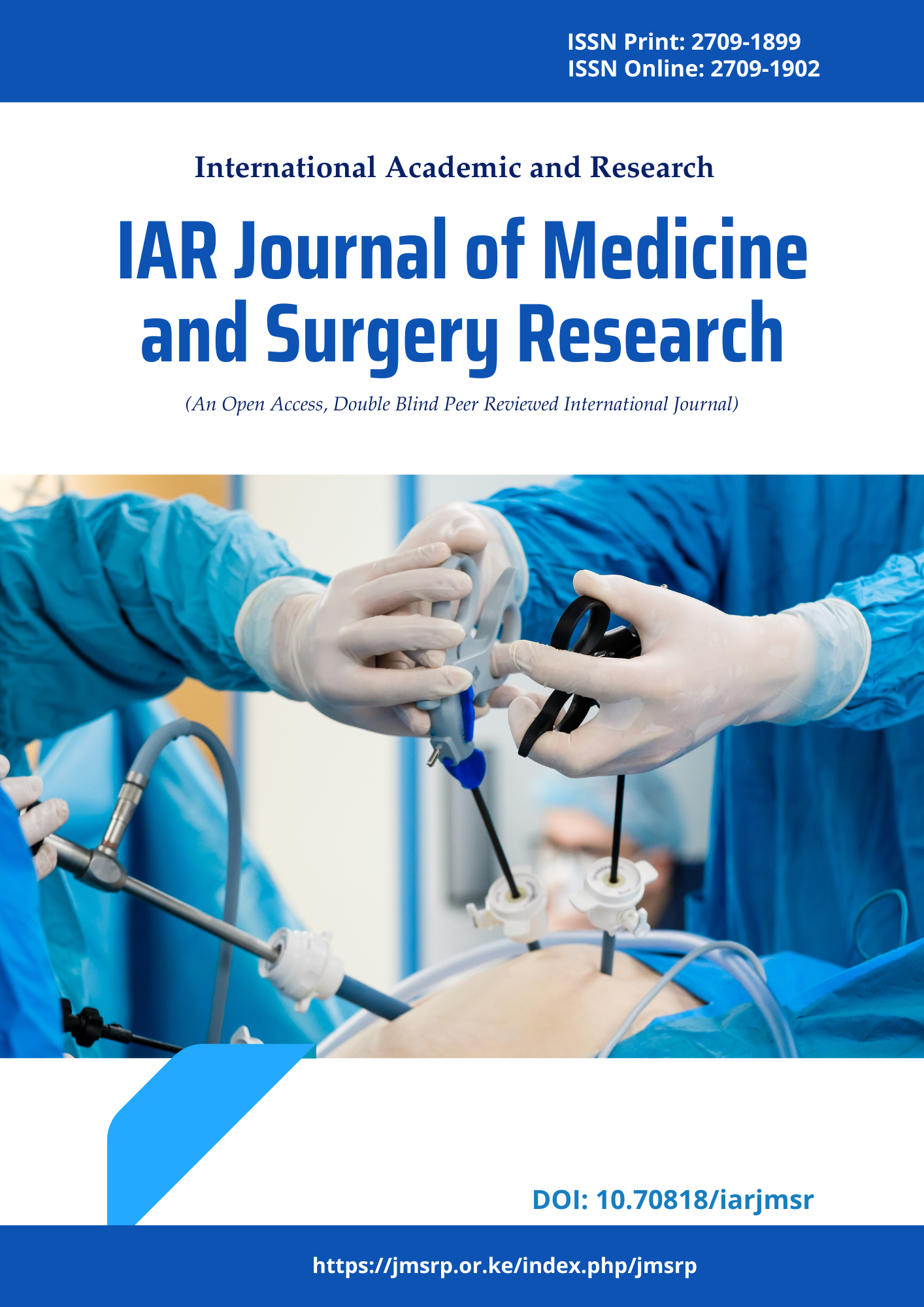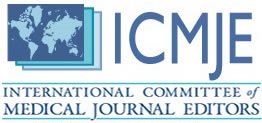A Study On Clinical Profile of Urinary Tract Infection in DiabetesMellitus in a Tertiary Care Hospital
DOI:
https://doi.org/10.47310/iarjmsr.2022.V03i04.04Keywords:
Urinary tract infections, antibiotic sensitivity, diabetic patients.Abstract
Background: Diabetic Patients are at high risk of developing various infections especially if the diabetes is uncontrolled. Urinary tract infections (UTI) are one of the common infections in diabetics. Knowledge about the clinical and microbiological profile of UTI in diabetic patients will not only aid in early diagnosis but also helps in early initiation of appropriate empirical antibiotic therapy ensuring early recovery. Material & Methods: Prospective hospital based observational study. The study was conducted in the In-patient department, Department of General medicine at KMCT Medical college, Manassery, Kozhikode, Kerala, India. This study was conducted in 170 Diabetic patients above 18 years of age with symptoms of UTI with significant pyuria who were admitted under department of General Medicine, KMCT medical college, Kerala, who satisfied the inclusion criteria and gave consent for study. study consisted a total of 170subjects. Simple Random sampling method. Results: Fever was the most common clinical presentation followed by dysuria. E. coli was the most commonly isolated organism followed by Klebsiella. Most of the organisms were sensitive to Amikacin. Antibiotic resistance and Pyelonephritis were higher in patients with poor glycaemic control. The most common ultrasonographic
abnormality was prostatomegaly. Conclusion: Patients with poor glycaemic control are at high risk of resistant UTI and Pyelonephritis. Good glycaemic control with routine monitoring of HbA1C is mandatory in diabetic patients to prevent UTI and to avoid its complications. E. coli was the most common organism isolated followed by Klebsiella. Most of the organisms were sensitive to Amikacin. Hence, Amikacin can be recommended as empirical antibiotic for Diabetic patients who are admitted with UTI.
















